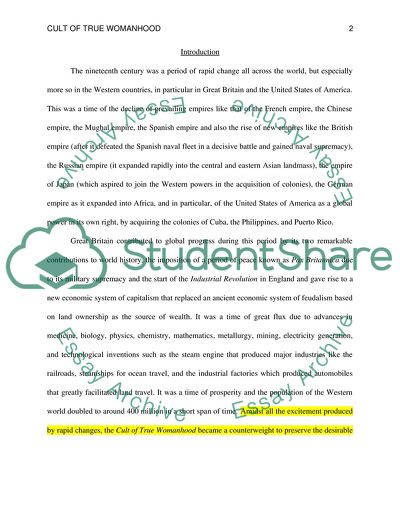Cite this document
(The Women's Suffrage Movement Report Example | Topics and Well Written Essays - 2000 words - 5, n.d.)
The Women's Suffrage Movement Report Example | Topics and Well Written Essays - 2000 words - 5. https://studentshare.org/history/1809298-american-women-history
The Women's Suffrage Movement Report Example | Topics and Well Written Essays - 2000 words - 5. https://studentshare.org/history/1809298-american-women-history
(The Women'S Suffrage Movement Report Example | Topics and Well Written Essays - 2000 Words - 5)
The Women'S Suffrage Movement Report Example | Topics and Well Written Essays - 2000 Words - 5. https://studentshare.org/history/1809298-american-women-history.
The Women'S Suffrage Movement Report Example | Topics and Well Written Essays - 2000 Words - 5. https://studentshare.org/history/1809298-american-women-history.
“The Women'S Suffrage Movement Report Example | Topics and Well Written Essays - 2000 Words - 5”. https://studentshare.org/history/1809298-american-women-history.


